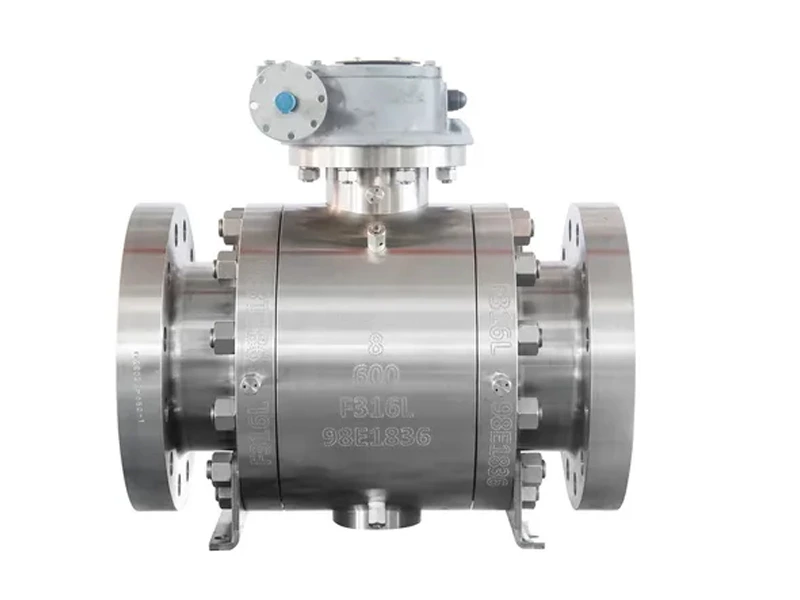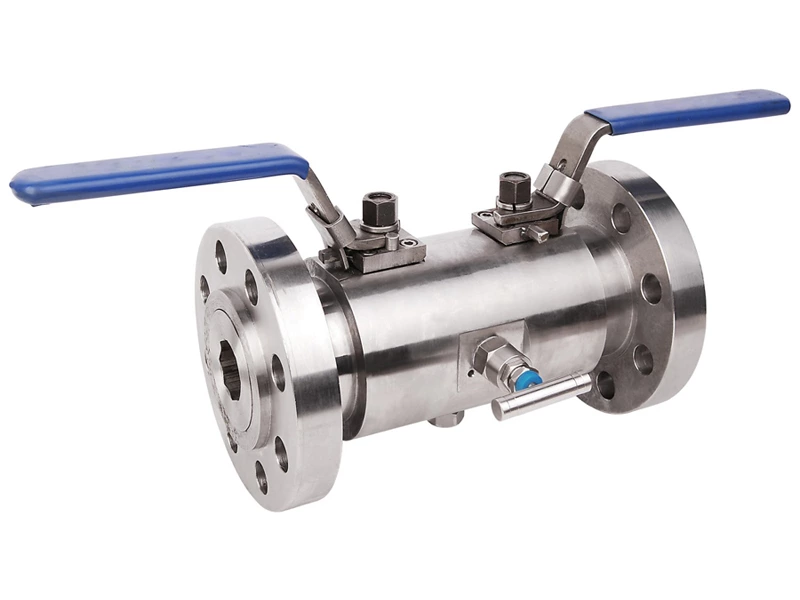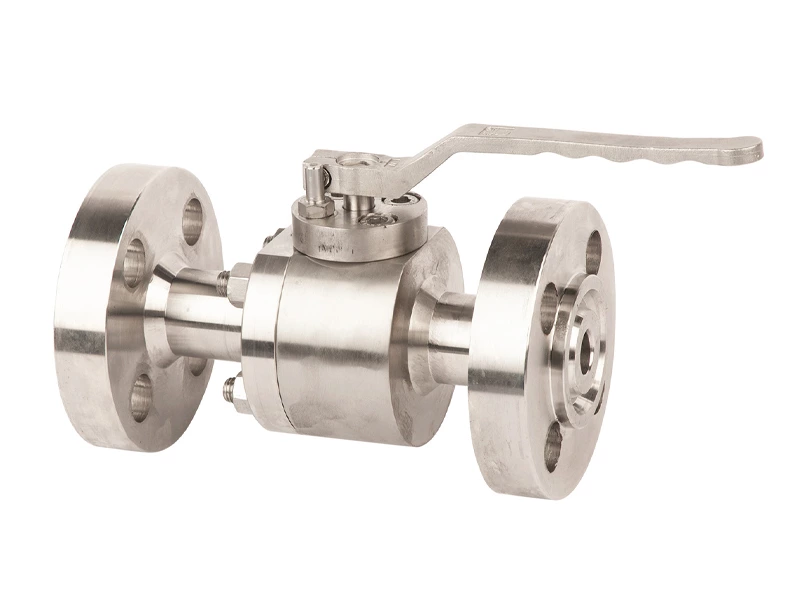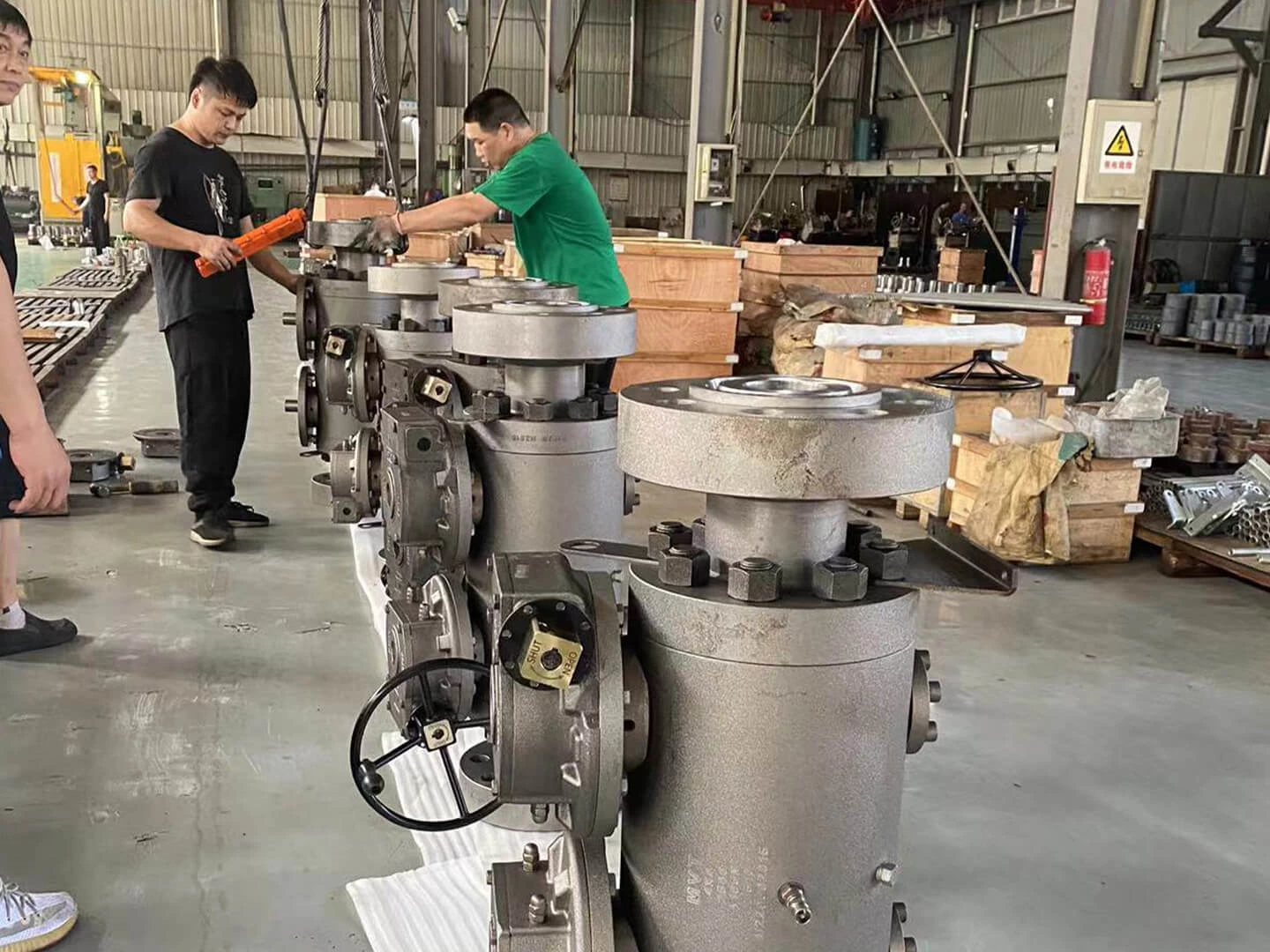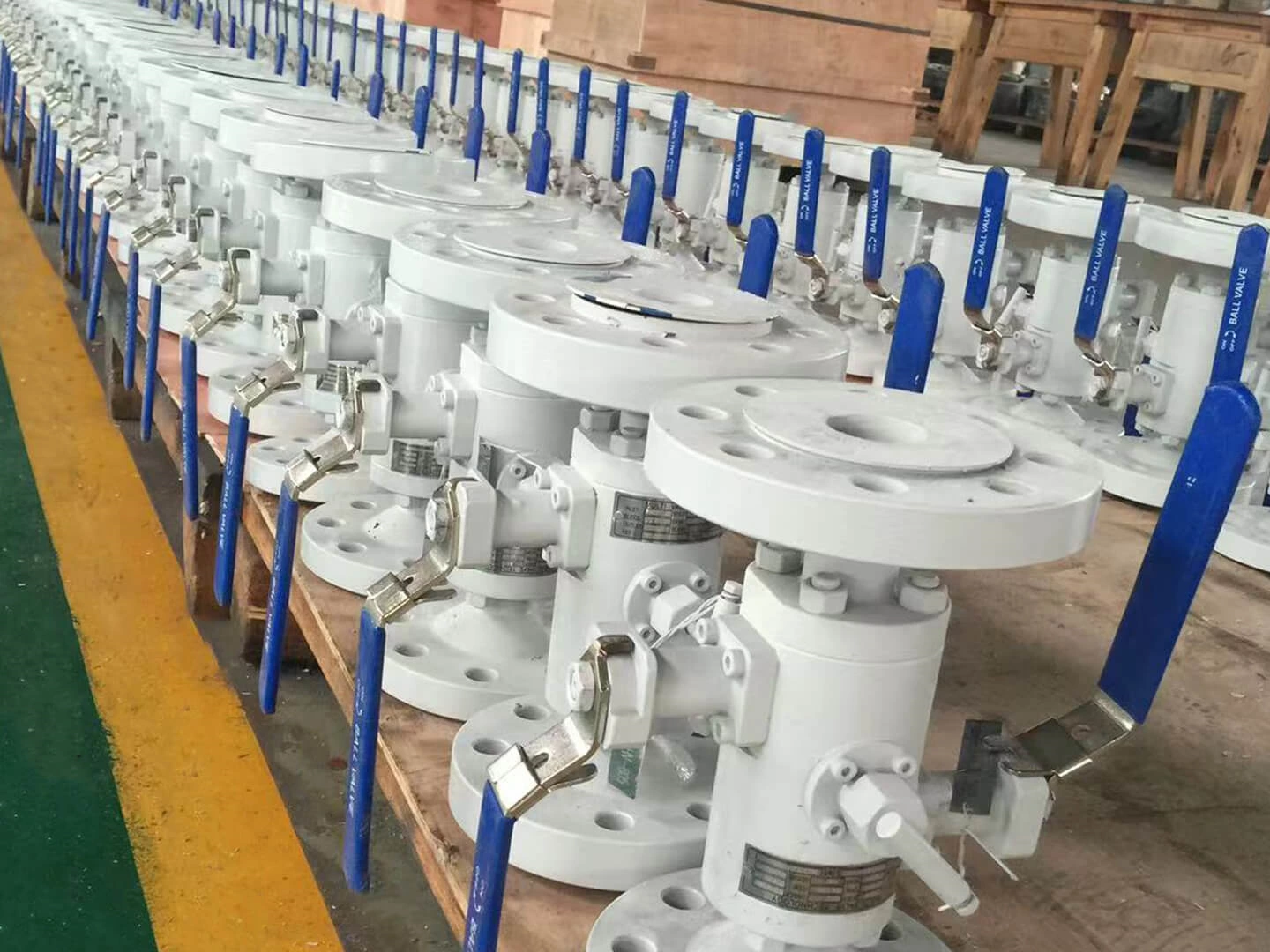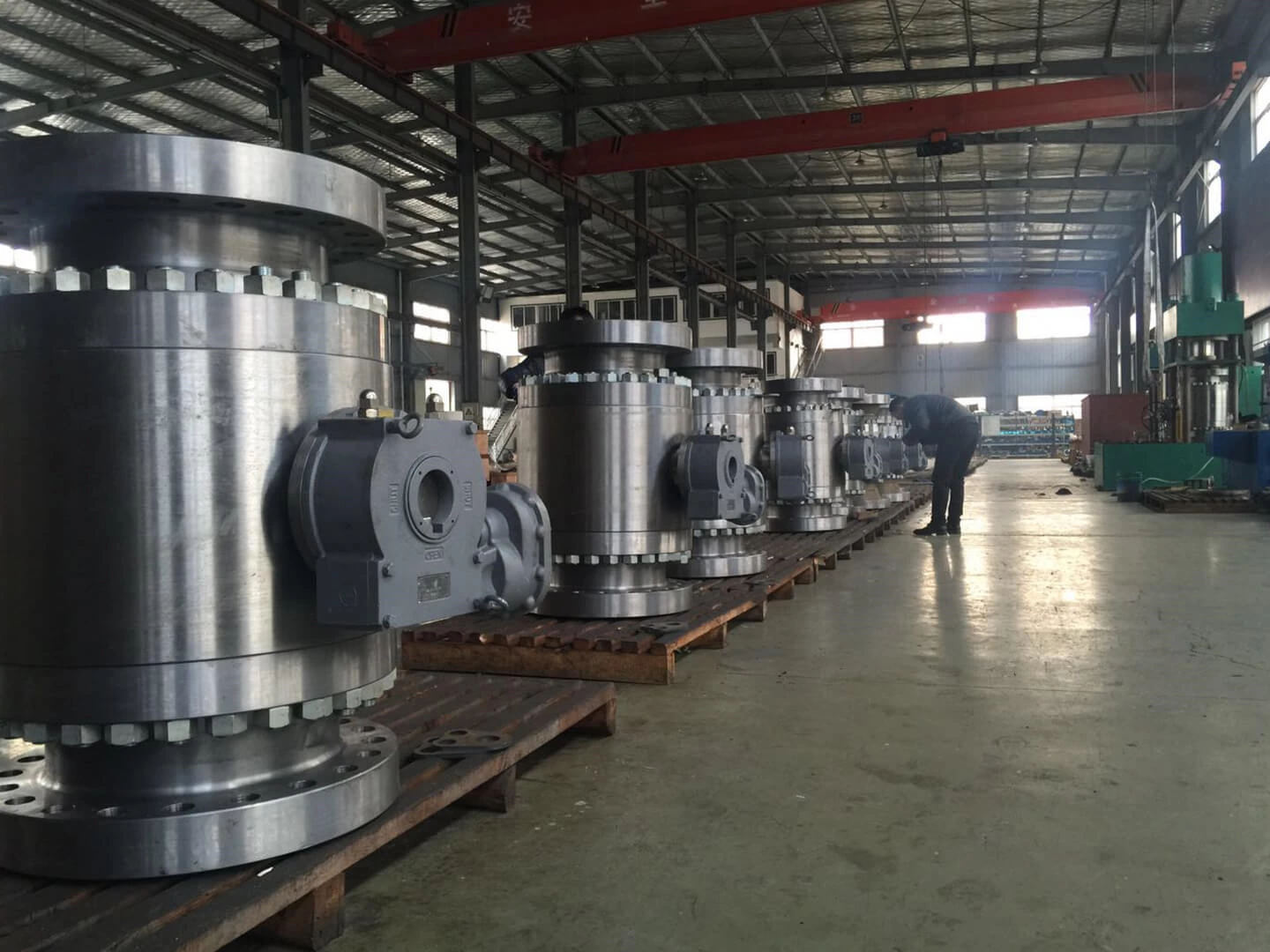How Does a Modular Double Block and Bleed Valve Work?
How Does a Modular Double Block and Bleed Valve Work?Your Best Guide to choose DBB VALVES from Multi-Valve Technology Limited
Introduction
In the realm of industrial fluid control,ensuring safety,efficiency,and reliability is paramount.One of the most critical components in achieving these goals is the modular double block and bleed(DBB)valve.This type of valve is widely used across various industries,including oil and gas,petrochemical,and chemical processing,due to its ability to provide secure isolation and venting of fluids.Understanding how a modular double block and bleed valve works and knowing how to choose the right valve type can significantly enhance the safety and efficiency of your operations.This guide aims to provide a comprehensive overview of modular DBB valves and offer valuable insights into selecting the best valve type for your specific needs.
What Is a Modular Double Block and Bleed Valve?
A modular double block and bleed valve is a specialized valve assembly designed to provide secure isolation of a section of a pipeline or process system.It consists of two main components:
• Double Block Valves:These are typically two ball valves installed in series,with a bleed port located between them.The primary function of the double block valves is to provide redundant isolation,ensuring that fluid cannot flow through the pipeline when the valves are closed.
• Bleed Port:The bleed port is a small valve located between the two main block valves.Its purpose is to vent any residual pressure or fluid trapped between the block valves,providing a clear indication that the section is isolated and safe to work on.
How Does a Modular Double Block and Bleed Valve Work?
Basic Components
A typical modular double block and bleed valve assembly includes the following key components:
• Block Valves:These are usually high-quality ball valves valves designed to provide reliable shut-off.They are installed in series to ensure redundant isolation.
• Bleed Valve:This is a small valve,often a ball valve or needle valve,located between the two block valves.It allows for the venting of trapped fluid or pressure.
• Body:The body of the valve assembly houses the block valves and bleed valve,providing a secure and durable structure.
• Actuators:Depending on the application,the block valves and bleed valve may be manually operated or equipped with actuators for automated control.
Operation Mechanism
The operation of a modular double block and bleed valve involves the following steps:
• Isolation:
• Closing the First Block Valve:The first block valve is closed,preventing fluid from flowing through the pipeline.
• Closing the Second Block Valve:The second block valve is then closed,providing redundant isolation.This ensures that even if one of the block valves fails,the other will still prevent fluid flow.
• Bleeding:
• Opening the Bleed Valve:The bleed valve is opened,allowing any residual fluid or pressure trapped between the block valves to be vented.This step is crucial for ensuring that the section between the valves is depressurized and safe to work on.
• Verification:Once the bleed valve is opened,the absence of fluid flow or pressure indicates that the section is properly isolated.This provides a clear and safe indication for maintenance or repair activities.
• Reactivation:
• Closing the Bleed Valve:After maintenance or repair is completed,the bleed valve is closed to prevent fluid leakage.
• Opening the Block Valves:The block valves are then opened in sequence,allowing fluid to flow through the pipeline again.The system is now ready for normal operation.
Advantages of Modular Double Block and Bleed Valves
• Enhanced Safety:The redundant isolation provided by the double block valves ensures that fluid cannot flow through the pipeline,even if one valve fails.This significantly reduces the risk of accidental releases and enhances overall safety.
• Reliable Isolation:The combination of double block valves and a bleed port provides a highly reliable isolation mechanism.The bleed port allows for the venting of trapped fluid,ensuring that the section is depressurized and safe to work on.
• Ease of Maintenance:Modular DBB valves are designed for easy maintenance and inspection.The bleed port provides a clear indication of isolation status,making it easier to perform maintenance activities safely.
• Versatility:These valves are available in a variety of sizes and materials,making them suitable for a wide range of industrial applications,from small-scale systems to large-scale pipelines.
• Compliance:Modular DBB valves are often required by industry standards and regulations for critical isolation applications.Using these valves helps ensure compliance with safety and environmental requirements.
Types of Modular Double Block and Bleed Valves
Based on Valve Type
• Ball Valve Configuration:Ball valves are commonly used for block valves in DBB assemblies due to their quick quarter-turn operation and reliable shut-off capabilities.They are suitable for applications requiring rapid isolation and minimal maintenance.
Based on Actuation Method
• Manual Operation:Manually operated DBB valves are cost-effective and suitable for applications where frequent operation is not required.They are typically operated using levers or handwheels.
• Automated Operation:Automated DBB valves are equipped with actuators,which can be electric,pneumatic,or hydraulic.They are ideal for applications requiring remote control or integration with automated systems.Automated valves can provide faster operation and enhanced safety features.
Based on Body Configuration
• Single Body Assembly:Some modular DBB valves are designed as a single integrated unit,with the block valves and bleed valve housed in a single body.This design provides a compact and cost-effective solution,suitable for applications with limited space.
• Modular Assembly:In a modular assembly,the block valves and bleed valve are separate components that can be easily replaced or maintained.This design offers greater flexibility and ease of maintenance,making it suitable for applications requiring frequent inspection or repair.
How to Choose the Right Modular Double Block and Bleed Valve
Consider the Application Requirements
• Fluid Type:Determine the type of fluid being controlled.Different materials are suitable for different fluids.For example,stainless steel is ideal for corrosive fluids,while carbon steel is suitable for non-corrosive fluids.
• Operating Conditions:Consider the operating temperature,pressure,and frequency of operation.Ensure the valve can withstand the conditions of your application.
• Safety Requirements:Evaluate the safety requirements of your system.Modular DBB valves are often required for critical isolation applications to ensure compliance with industry standards and regulations.
Evaluate the Valve Features
• Material:Choose a material that is compatible with the fluid and operating conditions.Common materials include stainless steel,carbon steel,and various alloys.
• Size:Select the appropriate size based on the pipeline diameter and flow requirements.
• Actuation Method:Decide whether a manual or automated valve is more suitable for your application.Consider factors such as ease of operation,integration with existing systems,and cost.
• Body Configuration:Choose a body configuration based on your space constraints and maintenance requirements.Single body assemblies are more compact,while modular assemblies offer greater flexibility.
Assess the Budget
• Initial Cost:Consider the initial purchase price of the valve.While more expensive options may offer additional features,they may not always be necessary for your application.
• Maintenance Costs:Evaluate the long-term maintenance costs.Some valves may require more frequent maintenance or have higher repair costs,which can impact your overall budget.
Conclusion
Modular double block and bleed valves are essential components in ensuring the safety and efficiency of industrial fluid control systems.By understanding how they work and knowing how to choose the right valve type,you can significantly enhance the reliability and safety of your operations.Consider factors such as application requirements,valve features,and budget when selecting a modular DBB valve.Whether you are working on a small-scale system or a large industrial pipeline,a well-chosen modular double block and bleed valve will provide secure isolation and venting,ensuring a safe and efficient working environment.
 English
English Русский
Русский 中文
中文 Español
Español
